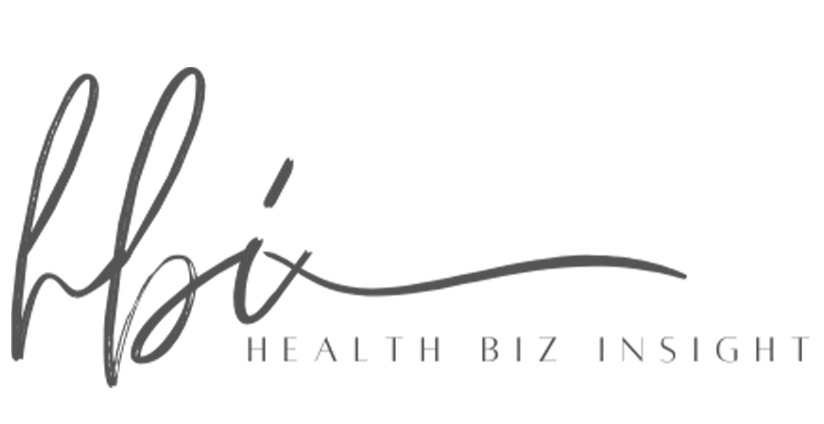
Why Maximizing Profits Is Important and How Surgeons Operating Diaries Can Be Optimised For Success
Streamlined scheduling remains at the core of profitability and success for a clinic, whether it is independent or part of a larger network. An operational diary goes beyond just time management—it integrates revenue generation, patient satisfaction, and operational efficiency. Improper planning can result in surgeons being over or underworked, which directly affects their performance.
This article seeks to explain why optimising a surgeon’s operating diary goes hand in hand with maximising profits, and how a structured approach can be implemented for the business as well as the surgeon.
Optimising Time Availability To Increase Revenue
Profit maximisation can be achieved in a multitude of ways, and one of the crucial ones is to best utilise a surgeon’s operational diary. Operating theatres are expensive places for surgery, and each unused period means a revenue loss. Decreases in revenue can arise from gaps between procedures, unexpected cancellations, or inefficient scheduling.
Now, let’s see how an effective diary management system helps a surgeon:
- Minimise downtime: Gaps between surgeries that are not useful can and should be eliminated so that the maximum number of surgeries can be performed within the allocated surgical hours.
- Maximising Patient Volume: A well-structured patient flow enables a greater number of patients to be seen and treated without exhausting the surgeon.
- Increase Financial Predictability: A detailed plan enables a better understanding of the revenues to be collected, which increases accuracy and confidence pertaining to financial investment.
Instead of cramming as many surgeries as possible, efficient time management places an emphasis on minimising the number of patients, optimising theatre time, and minimising recovery times while still caring for the patient’s needs.
Reducing Cancellations and No-Shows
Profits can be heavily impacted by cancellations and no-shows, because for a limited period of time, those missed appointments will not always be easily substituted. A well-optimised operating diary has provisions to cater for these issues.
- Automated reminders: Reminders that are automated by SMS, email, or phone call prove useful when it comes to reminding patients of their upcoming surgery and lowering the amount of no-shows.
- Preoperative assessments: Preliminary medical paperwork checks completed beforehand lessen the chances of a last-minute cancellation or reschedule and make the appointed surgery date easier to fill.
- Standby patient lists: Having a reserve list of patients who are willing to take an earlier slot in case of cancellations helps ensure that no theatre time is wasted.
A more organised method of scheduling reduces inefficiencies caused by unpredictability while guaranteeing complete use of every available slot.
Streamlining Consultation-to-Surgery Pathways
For a practice to be profitable, the duration between the initial consultation and the surgery needs to be shortened. The longer a practice takes to convert consultations into procedures, the more revenue growth opportunities they miss. A streamlined process that gets patients from consultation to surgery increases the number of bookings while minimising gaps in the scheduling.
- Efficient booking systems: Automated and online scheduling allows for more streamlined booking and ensures patients are booked in at the earliest possible time.
- Predefined surgical slots: Ensuring certain times are set aside for specific procedures helps to avoid delays and ensures a smoother schedule.
- Clear patient pathways: Patients having an outline of what is required of them, timelines for preoperative assessments, consent forms, surgery, etc., greatly reduces the administrative bottlenecks.
A practice that effortlessly transitions patients from an inquiry to the surgery will have better conversion rates and revenue.
Optimising Case Mix for Financial Growth
The surgery’s monthly calendar indicates the types of procedures scheduled, which has an impact on revenues generated. Some surgeries take up more time but are much more rewarding, while others are shorter but take place more frequently. An optimised diary ensures that the mix is such that maximises financial returns.
- Emphasising the high-value procedures: Scheduling complex, high-revenue surgeries during the operating peak hours increases the revenues.
- Workload balancing: Mixing lower-value shorter procedures with higher-value longer ones helps avoid burning out the surgeon.
- Scheduling like cases together: Like procedures can be done one after another and thus reduce the theatre turnaround time.
Surgeons performing good mixes of procedures efficiently will minimise the waste of theatre time due to idle time.
Increasing Staff Productivity and Resource Utilisation
A well-thought-out diary improves the effectiveness of other supporting members of the nursing staff, the anaesthetists, and the clerical workers. Nurses are constantly under-scheduled or overloaded, which has adverse implications for discipline morale and health care delivery with poor schedules.
- Meeting clearly defined staffing levels: A set pattern in the schedule allows for more accurate resource allocation, ensuring that a sufficient number of staff are present for each portion.
- The efficiency of theatre turnover: To ensure that personnel are not kept inactive between procedures, time delays between cases are minimised.
- Lowered costs of overtime: Better management of payroll costs comes from avoiding unneeded prolongations of theatre time due to better planning.
As a team operated on a highly organised timetable, benefits from improved efficiency were also witnessed through the various surgical processes that were encountered.
Technological Advancement to Schedule Better
Contemporary scheduling software is capable of transforming the management of a surgeon’s operating diary. Proper tools can eliminate errors, streamline the process, and increase efficiency.
- Appointment booking automation: Eliminates repetitive manual work, guarantees regular booking.
- Monitoring open slots in real time: Enables staff to watch active slots and work to fill them.
- Systems for Integrated Patient Management: Guarantees that all requisites like preoperative assessments, consent forms, and medical records are completed before surgery.
Scheduling by technology also drives improvement in productivity, which derives other strategic insights for growth on a larger scale in the long run.
Finding the Right Balance Between Efficiency and Patient Experience
Efforts to encourage financial optimization should never affect the patient’s experience, and this is where balance must be found. A patient-centric schedule is built on the premise that outlines intervention and postoperative talking points for discussion, along with proper care that is carefully timed.
- Minimising time constraints: Makes it easier for patients to feel satisfied with their consultations and follow-up appointments by ensuring that adequate time is spent on each of them.
- Allowing for recovery time: A limited degree of recuperation is often essential in maintaining a surgeon’s optimal level of focus during multiple procedures.
- Flexibility for urgent cases: Allows accepted high-priority last-minute cases to be easily accommodated.
With a more patient-centric way to approach scheduling, it will yield better results, more positive feedback, and a greater chance of referrals which, in turn, will help build the business over the long term.
Conclusion
Improving a surgeon’s operating diary is more than just a matter of filling slots, it is about strategically tackling each challenge in a way that enhances efficiency, reduces downtime, and maximises revenue, all while continually striving to provide the highest level of patient care. These goals can be achieved by structuring the schedule, reducing cancellations, balancing the case mix, and increasing the use of technology. The net profitability of a surgical practice can be expected to improve significantly.
Combining careful planning and attending to both operational efficiency and patient experience transforms a physician’s unmanageable operating diary into a powerful weapon for financial success in the competitive world of surgical practice.






